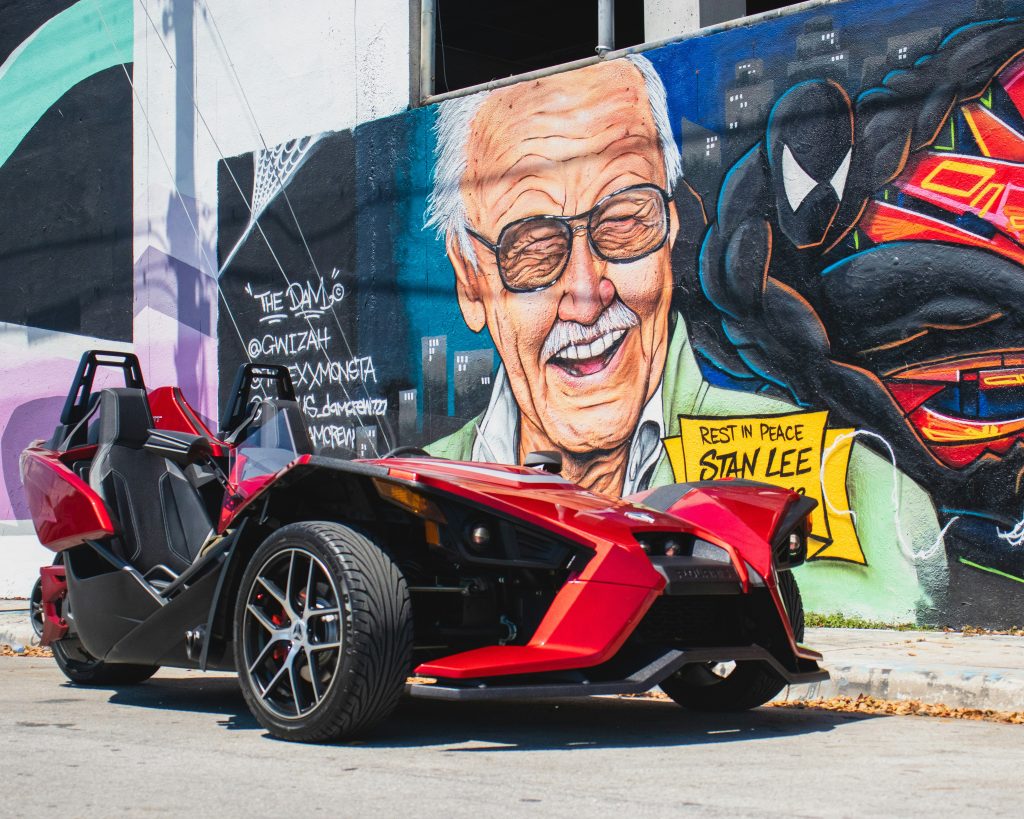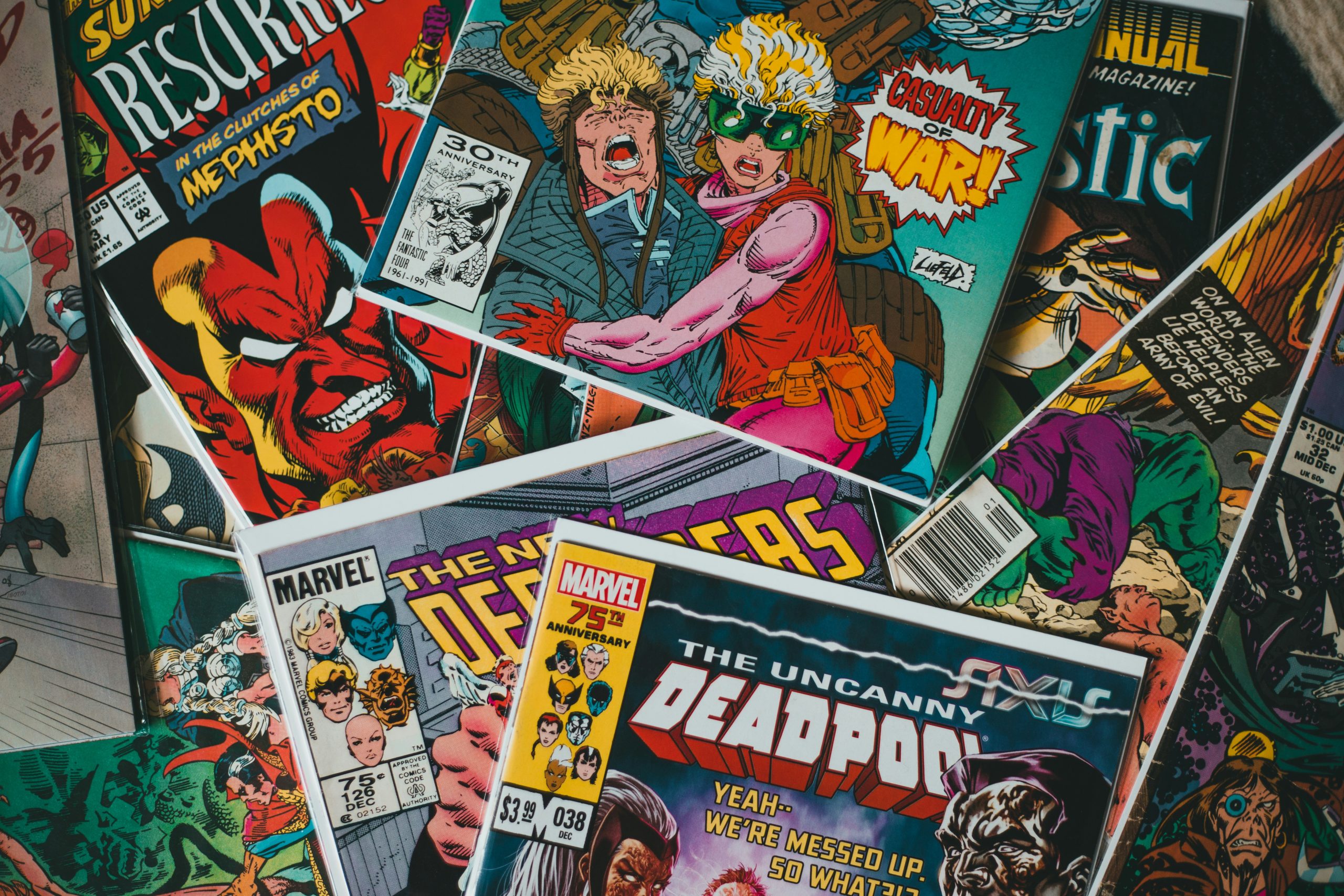
In the vast landscape of modern cinema, the superhero genre stands out as one of the most popular and enduring. Central to this phenomenon are the Marvel and DC cinematic universes, each with its unique approach, characters, and storytelling techniques. This article delves into the evolution of these two cinematic giants, exploring their origins, growth, and the impact they’ve had on popular culture and the film industry.
The Marvel Cinematic Universe (MCU)
The Birth of the MCU
The Marvel Cinematic Universe (MCU) was born with the release of “Iron Man” in 2008. Directed by Jon Favreau and featuring Robert Downey Jr. as Tony Stark, this film was a gamble that paid off spectacularly. “Iron Man” introduced audiences to a more grounded and character-driven superhero, setting the tone for the MCU’s blend of action, humor, and emotional depth.
Building a Universe: Phases 1 to 3
Marvel Studios, under the guidance of Kevin Feige, implemented a phased approach to its cinematic universe:
- Phase 1 (2008-2012) introduced key characters such as Thor, Captain America, and the Hulk. The culmination of this phase was “The Avengers” (2012), which brought these heroes together in a groundbreaking crossover event.
- Phase 2 (2013-2015) expanded the universe with sequels and new characters like the Guardians of the Galaxy and Ant-Man. This phase balanced solo adventures with overarching plots, maintaining audience interest and setting up future conflicts.
- Phase 3 (2016-2019) was marked by the introduction of Black Panther, Doctor Strange, and Spider-Man into the MCU. The Infinity Saga reached its climax with “Avengers: Infinity War” (2018) and “Avengers: Endgame” (2019), which provided a satisfying conclusion to over a decade of storytelling.
Thematic Depth and Character Arcs
One of the MCU’s strengths lies in its character development and thematic depth. Tony Stark’s journey from a self-centered billionaire to a self-sacrificing hero is emblematic of the MCU’s ability to craft compelling character arcs. Themes of redemption, identity, and family are woven throughout the films, resonating with audiences on a personal level.
Expanding the Universe: Phase 4 and Beyond
With the conclusion of the Infinity Saga, Marvel has ventured into new territory with Phase 4. This phase introduces the multiverse concept and new characters like Shang-Chi and the Eternals. Disney+ series such as “WandaVision,” “The Falcon and the Winter Soldier,” and “Loki” have also expanded the storytelling possibilities, exploring side characters and intricate plots in more depth.
The DC Extended Universe (DCEU)
A Darker Tone and Epic Scope
The DC Extended Universe (DCEU) began with “Man of Steel” (2013), directed by Zack Snyder. Unlike Marvel’s more light-hearted tone, the DCEU opted for a darker, more serious approach. Henry Cavill’s portrayal of Superman focused on the weight of his responsibilities and the existential dilemmas he faces.
The Snyder Vision
Zack Snyder’s influence on the DCEU is significant. “Batman v Superman: Dawn of Justice” (2016) introduced Ben Affleck’s Batman and set the stage for a more interconnected universe. The film’s darker themes and visual style contrasted sharply with Marvel’s approach, offering audiences a different kind of superhero experience.
Key Films and Characters
“Wonder Woman” (2017), directed by Patty Jenkins, was a standout success for the DCEU. Gal Gadot’s portrayal of Diana Prince brought a sense of hope and heroism, resonating with audiences worldwide. “Aquaman” (2018) and “Shazam!” (2019) further diversified the DCEU’s tone and style, with James Wan and David F. Sandberg bringing their unique visions to these films.
The Snyder Cut and New Directions
The release of “Zack Snyder’s Justice League” (2021) was a major event for the DCEU, providing a more complete and coherent version of the 2017 film. This director’s cut highlighted the potential of long-form storytelling within the DCEU. Moving forward, films like “The Suicide Squad” (2021) and “The Batman” (2022) are exploring new characters and styles, indicating a willingness to innovate and adapt.
Comparing Marvel and DC
Narrative Structure
The MCU’s phased approach allows for a cohesive and interconnected narrative, where each film contributes to a larger story arc. This meticulous planning has enabled Marvel to build anticipation and deliver payoffs that satisfy long-term fans. In contrast, the DCEU’s approach has been more fragmented, with individual films sometimes feeling disconnected from a unified narrative. However, this has also allowed for more standalone stories that can be appreciated independently.
Tone and Style
The MCU is known for its lighter, more humorous tone, often blending action with comedy. This accessibility has broadened its appeal to a wide demographic. The DCEU, with its darker and more serious tone, appeals to audiences seeking more mature and complex storytelling. Films like “Joker” (2019) exemplify this approach, offering a gritty, character-driven narrative that diverges from traditional superhero tropes.
Character Development
Both universes excel in character development but differ in execution. The MCU’s long-form storytelling allows for extensive character arcs, with heroes evolving over multiple films. The DCEU, while sometimes criticized for rushed introductions, provides deep and introspective looks at its characters, as seen in “Man of Steel” and “Wonder Woman.”
Visual Aesthetics
Visually, the MCU and DCEU have distinct styles. The MCU often features bright, vibrant visuals with dynamic action sequences. The DCEU, particularly in Snyder’s films, is known for its dramatic, high-contrast cinematography and stylistic visuals, creating a more epic and mythic feel.
Cultural Impact
Representation and Diversity
Marvel has made significant strides in representation with films like “Black Panther” (2018) and “Captain Marvel” (2019). These films broke new ground in terms of diversity and inclusivity, highlighting the importance of representation in mainstream media. The success of “Black Panther,” in particular, demonstrated the demand for diverse storytelling and its positive impact on audiences.
Inspirational Icons
The DCEU has also contributed to cultural conversations with its portrayal of strong, inspirational characters. “Wonder Woman” became a feminist icon, inspiring a new generation with her strength and compassion. Similarly, films like “Aquaman” and “Shazam!” have introduced diverse heroes that resonate with audiences across different age groups and backgrounds.
Fan Engagement
Both universes boast passionate fanbases that engage deeply with the content. The MCU’s meticulous planning and interconnected narratives foster a sense of community and anticipation among fans. The DCEU, with its bold and sometimes controversial choices, sparks vibrant discussions and debates, highlighting the impact of these films on popular culture.
Conclusion
The Marvel and DC cinematic universes have each carved out their unique space in the world of entertainment, offering distinct yet equally captivating experiences. Marvel’s cohesive, humor-filled approach and DC’s darker, more introspective style cater to diverse audience preferences, showcasing the versatility and enduring appeal of superhero stories. As both universes continue to evolve, they will undoubtedly introduce new characters, narratives, and innovations that will captivate audiences for years to come. Whether you’re a die-hard Marvel fan, a dedicated DC enthusiast, or a lover of both, the future of superhero cinema promises to be as thrilling and dynamic as the heroes themselves.
